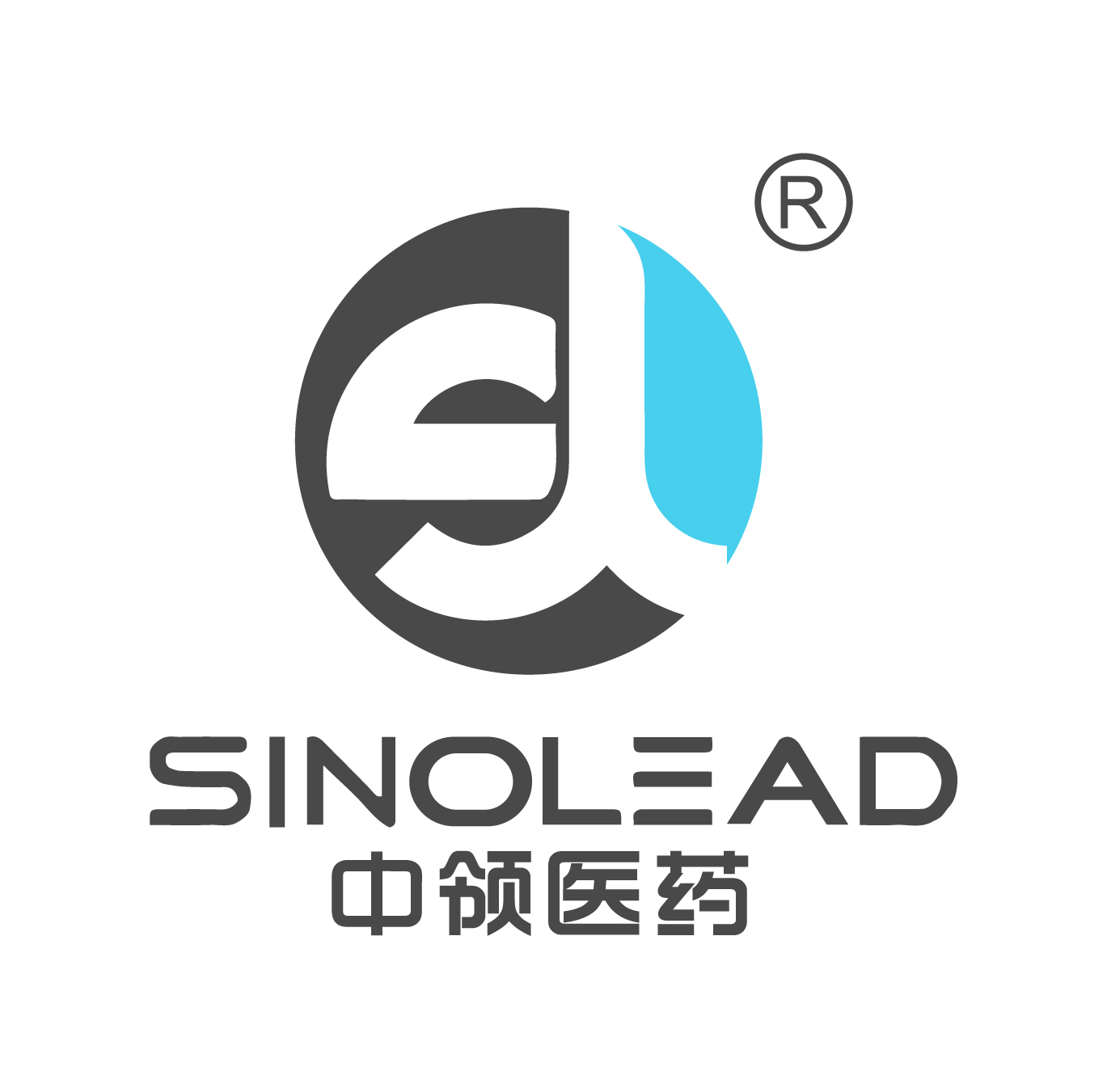
 Audited Supplier
Audited Supplier
In This Store
Category:Finished Dosage > Antibiotics and Antiviral Preparations
Product Name:Ceftriaxone sodium for injection
CAS No.:NA
Standard:In-house Standards
Price(USD):Negotiable
Company:Sinolead Pharmaceutical (Hangzhou) Co.,Ltd
Grade: pharmaceutical grade
Factory Location: Hangzhou
Main Sales Markets: Asia,Middle East,Africa
Sample Provided: yes
Payment Terms: L/C
Component:
Ceftriaxone Powder For Injection 1g.
Character:
This product is white or white crystalline powder; Odorless.
Indications:
It is used for the prevention of lower respiratory tract infection, urinary tract infection and biliary tract infection caused by sensitive pathogens, as well as abdominal infection, pelvic infection, skin soft tissue infection, bone and joint infection, septicemia, meningitis and infection during operation. A single dose of this product can treat simple gonorrhea.
Usage and dosage:
Administration by intramuscular injection or intravenous drip.
(1) Preparation of intramuscular injection solution: 3.6ml sterilized water for injection, sodium chloride injection, 5% glucose injection or 1% lidocaine hydrochloride were added into 1g bottle to make a solution containing 250mg ceftriaxone per 1ml.
(2) Preparation of intravenous administration solution: Add 9.6ml of the above-mentioned diluent (except lidocaine) into 1g bottle to make a solution containing 100mg ceftriaxone per 1ml, and then dilute it with 100 ~ 250ml 5% glucose injection or sodium chloride injection before intravenous infusion.
The usual dosage for adults is intramuscular or intravenous drip, 1 ~ 2g every 24 hours or 0.5 ~ 1g every 12 hours. The highest dose is 4g a day. The course of treatment lasted from 7 to 14 days.
Children usually use intravenous drip, according to body weight 20 ~ 80mg/kg a day. Adult dose for children over 12 years old.
The recommended dose for gonorrhea is a single intramuscular dose of 0.25g.
Precautions:
1. An allergy test should be performed before administration.
2. Cross-allergic reactions: People who are allergic to one cephalosporin or cephamycin may also be allergic to other cephalosporins or cephamycin. People who are allergic to penicillins, penicillin derivatives, or penicillamine may also be allergic to cephalosporins or cephalomycin. 5% ~ 10% of patients allergic to penicillin had allergic reaction when using cephalosporin. When the immune response is measured, 20% of patients allergic to penicillin are allergic to cephalosporins.
3. The application of this product to patients with penicillin allergy should be decided after fully weighing the pros and cons according to the patient's situation. Cephalosporins should not be used in patients with penicillin anaphylactic shock or immediate reaction.
4. Patients with a history of gastrointestinal disease, especially ulcerative colitis, confined enteritis or antibiotic-associated colitis (cephalosporins rarely produce pseudomememous colitis) should be used with caution.
5. Due to the low toxicity of cephalosporins, patients with chronic liver disease do not need to adjust the dose of this product. Patients with severe liver or kidney damage or cirrhosis should adjust the dose.
6. When creatinine clearance in patients with renal insufficiency is greater than 5ml/ min and the daily dose of this product is less than 2g, dose adjustment is not required. The amount of this product cleared by hemodialysis is not much, and there is no need to supplement the dose after dialysis.
7. Interference to diagnosis: False positive reaction can be obtained when urine sugar is measured by cupric sulfate method in patients using this product, but gluconase method is not affected; Blood urea nitrogen and serum creatinine may be temporarily elevated; Serum biliubin, alkaline phosphatase, alanine aminotransferase (ALT) and aspartate aminotransferase (AST) were all elevated.
8. When this product is injected into the gluteal muscle deep, it should not exceed 1g on each side.
9. The freshly prepared solution can be kept for 24 hours under 5ºC, but can only be kept for 6 hours at room temperature.
10. This product and aminoglycoside drugs cannot be mixed in the same syringe for injection, must be injected separately.
11. This product should not be added to calcium containing solutions such as Hartman's and Ringer's.
12. Waste drug packaging should not be discarded at will.
Medication for special population:
Although there have been no reports of problems with the use of cephalosporins in pregnant and lactating women, the pros and cons of its use still need to be weighed.
Drug interaction:
1. Turbiness will occur when cephalosporin intravenous fluids are added with erythromycin, tetracycline, amphotericin B, vasoactive drugs (m-hydroxyamine, norepinephrine, etc.), phenytoin sodium, chlorpromazine, promethazine, vitamin B, vitamin C, etc. Because there are many contraindicated drugs in this product, it should be administered separately.
2. When drinking alcohol or taking alcoholic drugs during the use of this product, disulfiram-like reactions may occur in individual patients. Therefore, alcohol and alcohol-based drugs should be avoided during and after the use of this product for several days.

Contact Us
Tel: (+86) 400 610 1188
WhatsApp/Telegram/Wechat: +86 13621645194
+86 15021993094
Follow Us:




 Pharma Sources Insight July 2025
Pharma Sources Insight July 2025


